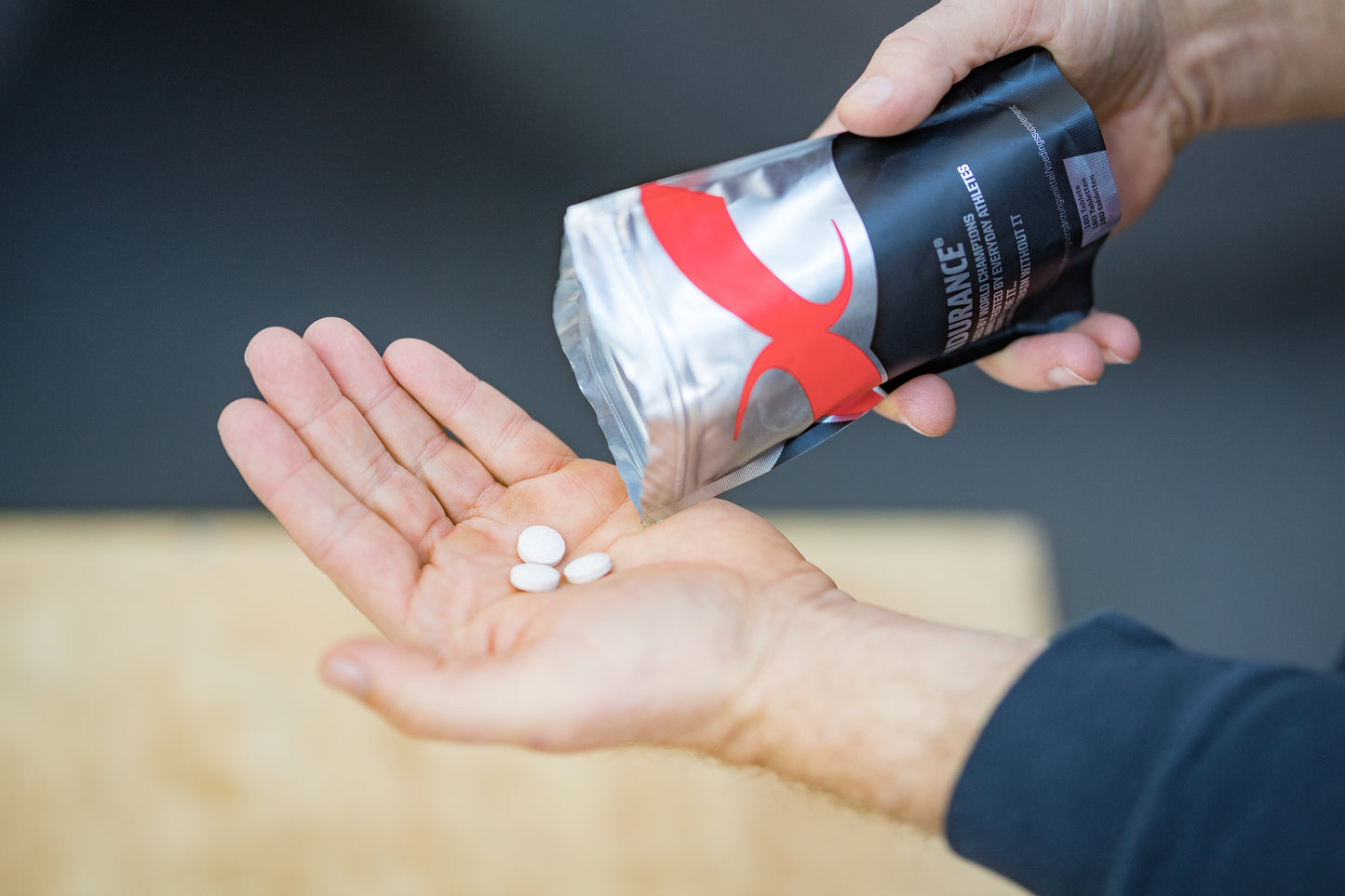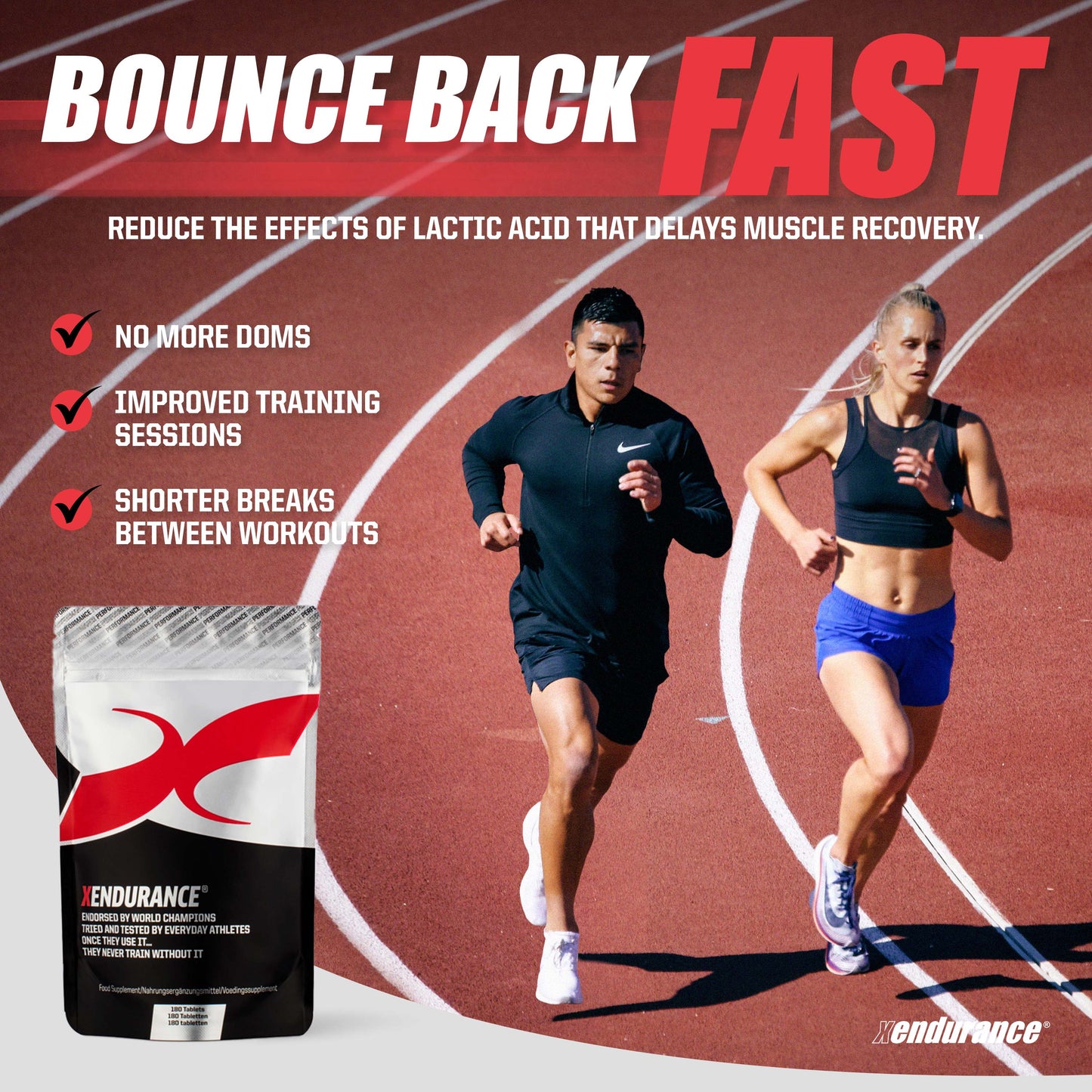Share
Lactate Threshold
Lactate threshold (or anaerobic threshold) is the point at which your body is producing so much lactate that the body cannot clear it. This happens when working out at high intensity or at a point where the body has been working hard for an extended period. When an athlete point reaches this threshold, they are burning stored sugars to supply the additional energy needed. What we are aiming to do as athletes is put off the point we reach this lactate threshold. We can only work in this lactate threshold for a limited period of time so if we can increase our aerobic threshold and use that for longer we should be able to workout for longer and delay that burning feeling.
Lactate Tolerance
Lactate tolerance however is training the body to cope with being in the lactate threshold for longer. Think of it like an ice bath, the first time you get in you might be able to handle it for 15 seconds, but with increased exposure you can last longer and longer in that uncomfortable environment. In a similar way lactate tolerance training occurs in a very similar way. We expose the body to a hard and intense workout, we allow the body a short rest and then ramp up the intensity again. Over time the body will learn to cope with more time in the anaerobic threshold area.
The workouts we use for this are quite varied as well. Lactate threshold training tends to be built around the long slow paced workouts keeping the heart rate elevated but not too high. A key indicator of aerobic work in comparison to anaerobic work is the ability to talk whilst doing it (some of us don’t have the super fancy tech that tells us accurate data). If we want to increase our lactate tolerance we need to get the body into the lactate threshold area (anaerobic so heavy breathing is too be expected) and then allow the body to briefly recover, think high intensity interval training.










